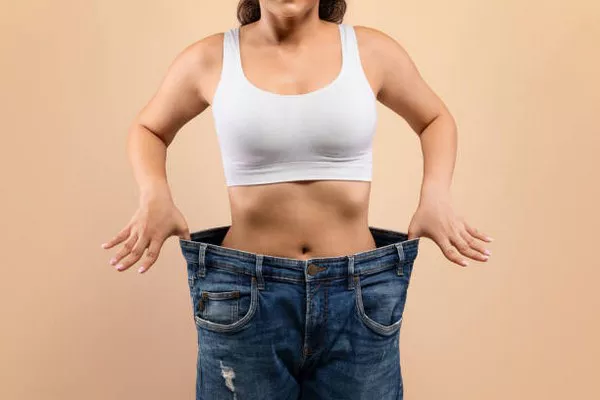Fasting has gained popularity as a weight loss strategy. Many people find it effective for shedding pounds and improving their health. But what is the best fasting ratio for weight loss? This article will explore various fasting methods, their benefits, and how to choose the right one for you.
Understanding Fasting
Fasting involves refraining from eating for a specific period. This practice can be traced back centuries, often for religious or cultural reasons. Today, many people use fasting for weight loss and health benefits.
Types of Fasting
There are several fasting methods, each with its own ratio of eating to fasting. Here are some of the most popular:
- Intermittent Fasting (IF): This is the most common approach. It usually involves cycles of eating and fasting, such as the 16/8 method, where you fast for 16 hours and eat during an 8-hour window.
- Alternate-Day Fasting: This method alternates between days of eating normally and days of fasting or consuming very few calories.
- 5:2 Diet: In this approach, you eat normally for five days and limit your calorie intake to about 500-600 calories on two non-consecutive days.
- Warrior Diet: This diet involves fasting for 20 hours and consuming one large meal in a 4-hour eating window.
- Extended Fasting: This method involves fasting for longer periods, such as 24-72 hours or more. It requires careful planning and should be done under medical supervision.
Benefits of Fasting
Fasting offers several benefits beyond weight loss. Here are some of the key advantages:
- Improved Metabolism: Fasting can enhance your metabolism and increase fat burning.
- Cellular Repair: During fasting, your body undergoes cellular repair processes, which can promote overall health.
- Insulin Sensitivity: Fasting can improve insulin sensitivity, helping to regulate blood sugar levels.
- Mental Clarity: Many people report improved focus and mental clarity during fasting periods.
- Simplicity: Fasting simplifies meal planning. You don’t need to prepare as many meals, which can save time and reduce stress.
Choosing the Right Fasting Ratio
The best fasting ratio for weight loss depends on individual preferences and lifestyles. Here are some factors to consider:
1. Your Lifestyle
Consider your daily schedule and activities. If you have a busy lifestyle, methods like the 16/8 approach might be easier to follow. This allows you to skip breakfast and eat from noon to 8 PM.
2. Personal Preferences
Your eating habits play a significant role in choosing a fasting ratio. If you prefer larger meals, you might enjoy the Warrior Diet. If you like snacking, the 16/8 method could be more suitable.
3. Health Conditions
Always consider any existing health conditions. If you have diabetes or other medical issues, consult a healthcare professional before starting any fasting regimen.
4. Weight Loss Goals
Your weight loss goals will influence your choice. If you aim for quick weight loss, alternate-day fasting might be effective. However, for sustainable weight loss, intermittent fasting could be a better long-term strategy.
See Also: Is Alternate Fasting Good For Weight Loss
How to Start Fasting
If you’re new to fasting, here are some tips to help you get started:
- Start Slowly: Begin with shorter fasting periods, such as 12 hours, and gradually increase the duration.
- Stay Hydrated: Drink plenty of water during fasting periods. This can help curb hunger and keep you hydrated.
- Listen to Your Body: Pay attention to how your body responds to fasting. If you feel unwell, it may be best to stop or adjust your approach.
- Focus on Nutrition: When you eat, prioritize whole, nutritious foods. This will help you feel full and provide essential nutrients.
- Be Consistent: Consistency is key for success. Choose a fasting method you can stick with over time.
Potential Challenges
Fasting can come with challenges. Here are some common issues and tips to overcome them:
Hunger
Feeling hungry is normal when you first start fasting. To manage this, stay hydrated and distract yourself with activities.
Social Situations
Fasting can be difficult in social settings. Plan ahead by informing friends and family or choosing methods that allow for social eating.
Fatigue
Some people experience fatigue when they begin fasting. This often improves as your body adjusts. Make sure you get enough rest and nutrition during eating periods.
Conclusion
The best fasting ratio for weight loss varies for each individual. Popular methods like intermittent fasting and alternate-day fasting offer flexibility and benefits. Consider your lifestyle, preferences, and health conditions when choosing a fasting method. Remember to start slowly, stay hydrated, and focus on nutritious foods. With the right approach, fasting can be an effective tool for achieving your weight loss goals.
Related Topic:
What’s the Fastest and Safest Way to Lose Weight


